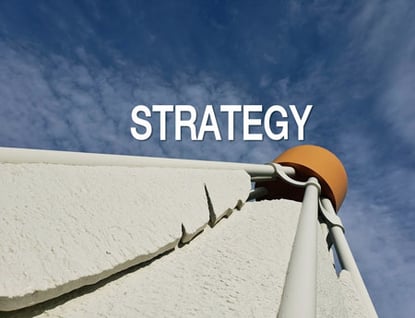 Jonathan Finkelstein of Learning Times did a great job during his Virtual Event Summit 2012 presentation in San Diego, addressing "Ten Ways to Create Lasting Memories in Online Events." His presentation, mine on “Social Media Strategy for Events,” and many others are available free on January 26 as part of the follow-up virtual event. It’s definitely worth investigating the “Epic Event” for great content relevant to virtual events, in-person events, and other marketing topics.
Jonathan Finkelstein of Learning Times did a great job during his Virtual Event Summit 2012 presentation in San Diego, addressing "Ten Ways to Create Lasting Memories in Online Events." His presentation, mine on “Social Media Strategy for Events,” and many others are available free on January 26 as part of the follow-up virtual event. It’s definitely worth investigating the “Epic Event” for great content relevant to virtual events, in-person events, and other marketing topics.
Speaking of virtual, digital, or online events, here are Jonathan Finkelstein’s recommendations for ten ways to create lasting memories:
1. Create a lasting visual image of an experience.
A fantastic way to create a lasting visual image of an experience is by putting visualization in the hands of an audience. Bren Bartaclan’s Smile Project involves leaving free art work around cities for people to find and share around the world. Of particular interest to me, Dan Porter does graphic facilitation of discussions to add a visual dimension, as does John Caswell, who I’m hoping to get back to Brainzooming for another guest post on his work. Jonathan Finkelstein recommended Google Docs Drawings as a way to stimulate visual, virtual collaboration.
2. Gauge participant sentiment, assessing it and adapting in real time.
Finkelstein recommends using online polls and survey tools to gauge feedback during online events, although there is always the opportunity to do it in an uncomplicated way by simply asking for feedback. He suggests allowing different places for questions from newbies vs. experts, and another space that allows participants to help answer the questions of others.
3. Make a connection.
Since online events don’t have the same cost and infrastructure of in-person events, Finkelstein recommends organizations use them more frequently than annually to increase connections with audiences. Online events can also create connections with audiences not in a position to interact with the organization frequently. The Smithsonian uses free online conferences to reach current and new audiences more regularly.
4. Embrace participants' surroundings.
Since online event participants – both presenters and audiences – are somewhere physical, Finkelstein recommends incorporating their in real life surroundings into the event. For instance, he’s participated in virtual events from the beach while on vacation and has given attendees a sense of what they’re missing.
5. Let participants win something.
Gamification brings out the competitive nature in all of us. Using games can drive participant engagement. Danette Veale from Cisco provided a very helpful overview on gamification in her presentation.
6. Let participants earn something.
Provide participants a way to earn rewards and display them for others to see. This boosts beneficial behaviors of both the earning participants and is a motivation to others as well. Digital badges are an example of this principle.
7. Let participants lead events.
Finkelstein acknowledges it can be scary to turn the control over to the audience, but what better way to make lasting memories and impact. In “Battle Decks” or “PowerPoint Karaoke,” participants are given 10 slides, but they don’t know what the slides are. From there, they have to improvise the presentation to the slides. Using “Crackerbarrels,” audiences change quickly within virtual events, moving to rooms with facilitators helping the address new topics.
8. Use video meaningfully.
Participants form perceptions on small amounts of nonverbal behavior, so it’s important to effectively show presenters and content being shared.
9. Move people.
Here, Finkelstein isn’t talking moving people physically; he’s talking about tapping emotional cues. It’s vital to understand emotional drivers among the audience and play to those appropriately. As he mentioned, many participants in online events are listening with earphones, allowing presenters to essentially whisper into their ears. Finkelstein encourages thinking about that level of closeness and vulnerability when presenting to an online audience.
10. Be transparent.
Especially in digital presentation situations, you need to provide a sense of the real person – with honesty, openness, and a true representation of who you are. - Mike Brown
The Brainzooming Group helps make smart organizations more successful by rapidly expanding their strategic options and creating innovative plans they can efficiently implement. Email us at info@brainzooming.com or call us at 816-509-5320 to learn how we can help you enhance your strategy and implementation efforts.



